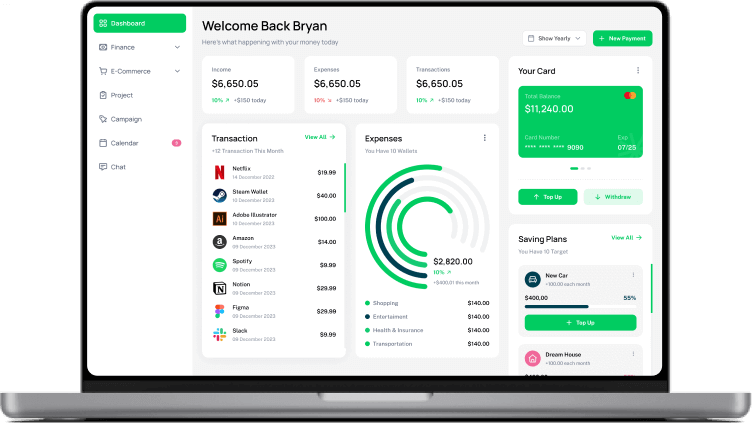Split Commission
Definition: A split commission is a sales compensation structure in which there is more than one person who shares in the commission for a sale. They are usually used in those instances when more than one representative works on gaining a single sale, or when differing roles in sales are used, such as a salesperson and a member of the sales support staff.
Detailed Explanation
Most split commission structures incentivize teamwork between the salesperson, ensuring that each member of the team is compensated fairly if they played a part in the sale. Structuring can be related to factors, such as who contributed most or to what extent each member was involved at different stages of the sales process.
Some common ways of determining the split of a commission include:
- Equal Division: This is the division of the commission among all members of the sale equally who participated in the same.
- Percentage Split: The commission is divided according to the predefined percentages assigned, based on the role or contribution level of an individual.
- Fixed Amount: Participants are given a fixed amount and the other contributors share the remaining commission.
- Graduated Split: It is a split that varies by contribution or stage of sales the participant was involved in, with different rates or different amounts being assigned to different phases of the sale.
Importance in the Sales Process
- Encourages Collaboration: Split commissions encourage collaboration among team members, combining individual strengths to close deals better.
- Fair Compensation: This scheme ensures that all persons involved in the process of achieving a sale, while being positively motivated, are earning their due rewards, which secures sustained high morale and motivation.
- Reflects Team Effort: It is a recognition of the fact that the sales process is often a team sport and the skill set might be wide and varied to conclude a deal.
- Sales Strategy Support: Supports strategic sales approaches which require multiple touchpoints with clients in order to close sales.
Real-World Example
Consider an open real estate agency policy in which the commission of the property is divided between the lister and the seller of the property. Thus, if the home sells for $500,000 and the commission equals 6% of the selling price, and the split commission is 50/50 for the lister and seller, then the division of the amount is the same for each agent, which is $15,000.
In another example, a software company has a team-based sales strategy in which a lead generator, a product demonstrator, and a closer work together to make a sale. Say they close a $100,000 deal at a 10% commission, and the deal is shared: 20% for the lead generator, 30% for the demonstrator, and 50% for the closer. Then they would make respectively $2,000, $3,000, and $5,000.

